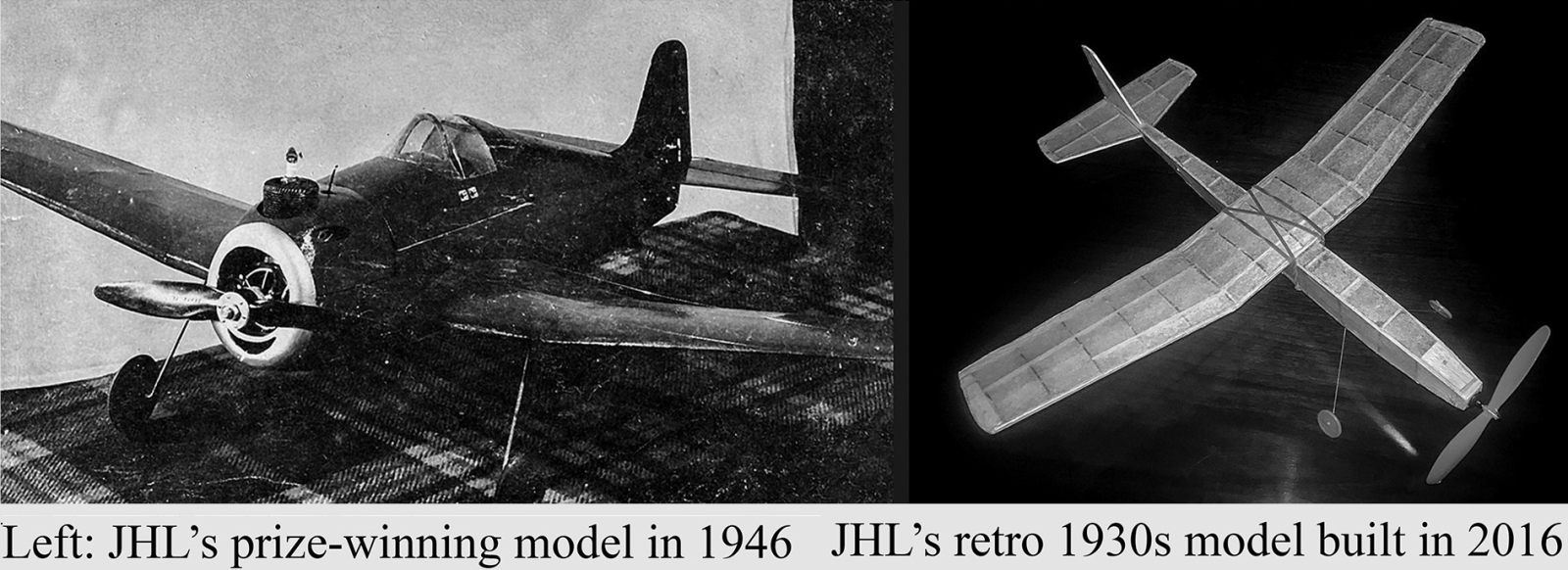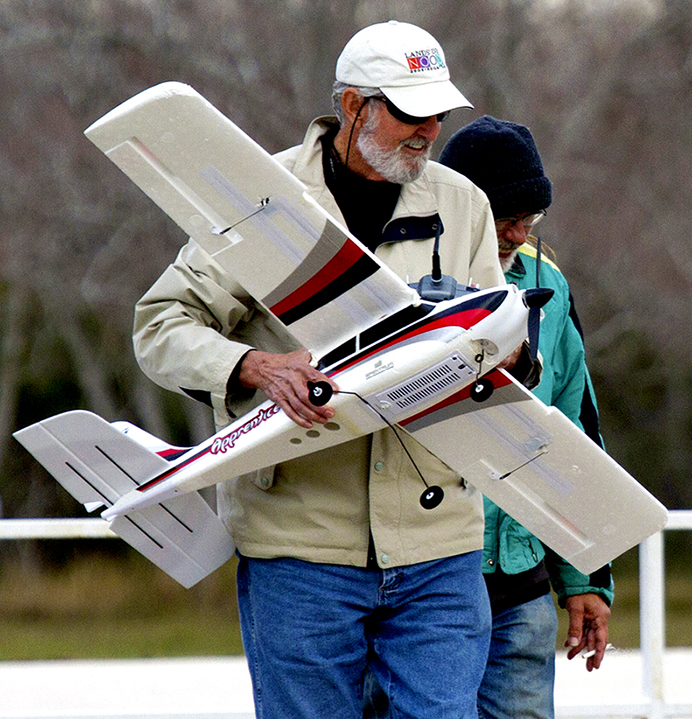Model Airplanes in 1937
Today, I look through a window into another time. The University of Houston presents this series about the machines that make our civilization run and the people whose ingenuity created them.
A friend gave me two of his old booklets – both from 1937. One was his Model Aeronautics Yearbook. The other, his Jasco Junior Aeronautical Supplies catalog. I'd just begun building flying model airplanes back then. The Great Depression lingered and World War-II was still a distant threat. Our models celebrated the buoyancy of light private planes. War planes had yet to take center stage.
And stores had just begun selling model airplane kits. They'd become popular after Lindbergh's flight, ten years earlier. The Guillow Company formed a year before his flight. Comet models appeared two years after. By now, both were staples of my young life.
But these two booklets reflect an earlier time. The catalog offers sandpaper, balsa wood, rubber wheels, acetone, piano wire ... And the Yearbook is no more than a huge collection of plans. You bought supplies from the catalog. Then you built from plans in the Yearbook. No kits. These booklets mark the end of one era, and the start of another.
So how to power a flying model airplane? We usually twisted long strands of rubber to turn our propellers. But a new trade in small gasoline engines had also begun. Their cylinder volume was less than a cubic inch. One might put out a fifth of a horsepower.
So let's look through this 1937 book of plans: We find gas-powered models along with gliders and rubber-powered airplanes. But it also includes another oddity from those pre-war days: Ultralight rubber-powered indoor models. They were made of bamboo. It's stronger for its weight than balsa wood. Instead of paper or fabric, you poured an acetate solution onto water. It solidified into a microfilm. We picked the film up with a wire loop and laid it on a wing or a rudder. Model builders held contests in gymnasiums to see whose plane could stay up the longest.

I had fun mixing kit-building with my own ideas. One time I took a wing from one kit and a tail from another. Two long hardwood strips anchored a gasoline engine in front. Then they tapered together at the tail. I took this Frankensteinian concoction down to the park with some friends, one evening; and we took turns flying it. Someone brought up a car. Its headlights kept us flying long into the night.
 Today, model-builders have clubs with their own airfields. Grownups bring huge, beautifully-made, radio-controlled replicas, maybe one fifth the size of the real airplane. Model building still goes on. And it is majestic to watch. But this is no longer the province of kids spending nickels and dimes on balsa sheets and acetone glue.
Today, model-builders have clubs with their own airfields. Grownups bring huge, beautifully-made, radio-controlled replicas, maybe one fifth the size of the real airplane. Model building still goes on. And it is majestic to watch. But this is no longer the province of kids spending nickels and dimes on balsa sheets and acetone glue.
Kids are on to other things today. Well ... kids of every era find new ways to hone their creativity. These booklets show how that creativity evolved, eighty years ago. And I'm left all the surer, how young people of any time keep finding new and creative ways to teach themselves.
I'm John Lienhard at the University of Houston, where we're interested in the way inventive minds work.
F. Zaic, 1937 Model Aeronautics Yearbook. (Model Aeronautics Publications, N.Y. 1937) Click here for a typical page of plans from this booklet.
Jasco Products 1936-37 Catalogue and Handbook. (Junior Aeronautical Supplies Co. NY, 1936-37). Click here for a typical page from this booklet.
Jasco plans are still active today: http://www.model-plans.co.uk/jasco.htm
Model gas engine history: http://www.modelaviation.com/enginehistory
This page explains those now-largely-forgotten microfilm ultralight models: http://www.airplanesandrockets.com/resources/microfilm-facts-may-1954-man.htm
I called that home-made flying model, my V-Stick Special. It was powered by an Ohlsson-23 engine and we flew it using U-control.
This Wikipedia page describes model airplane building today. The flavor is almost unimaginably different from what it was in 1937: https://en.wikipedia.org/wiki/Model_aircraft
All photos are by J. H. Lienhard.
This episode was first aired on December 13, 2019